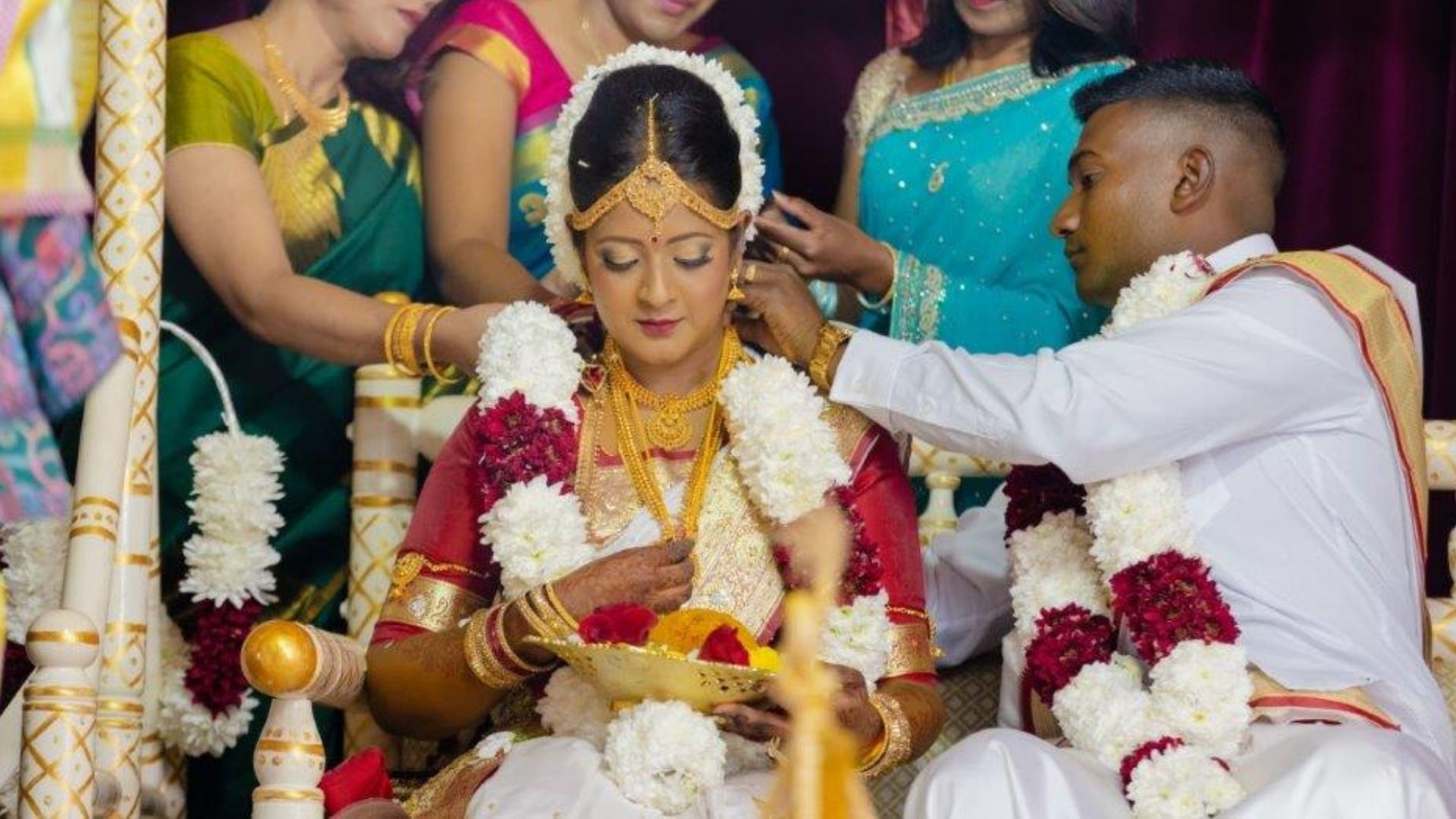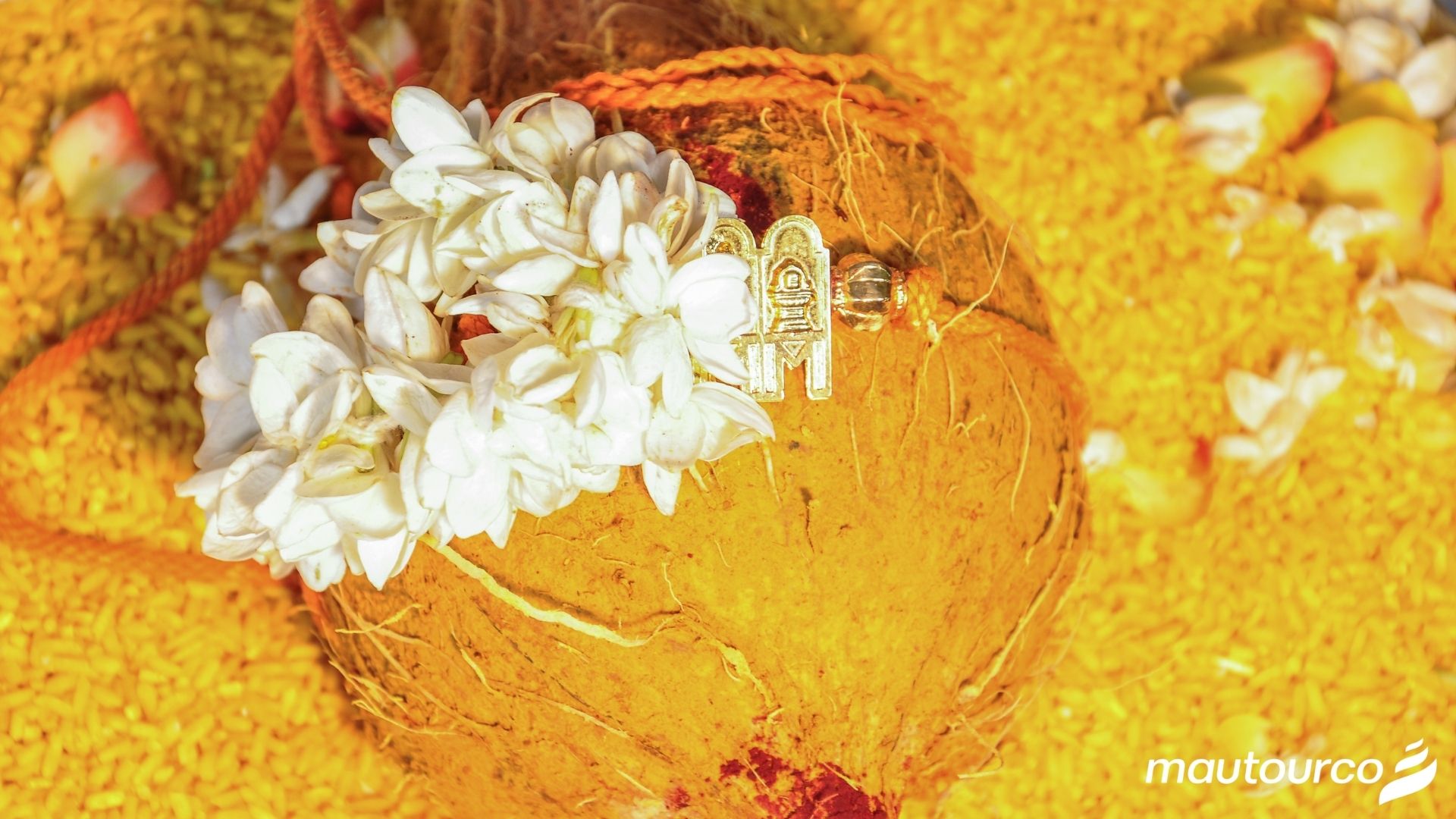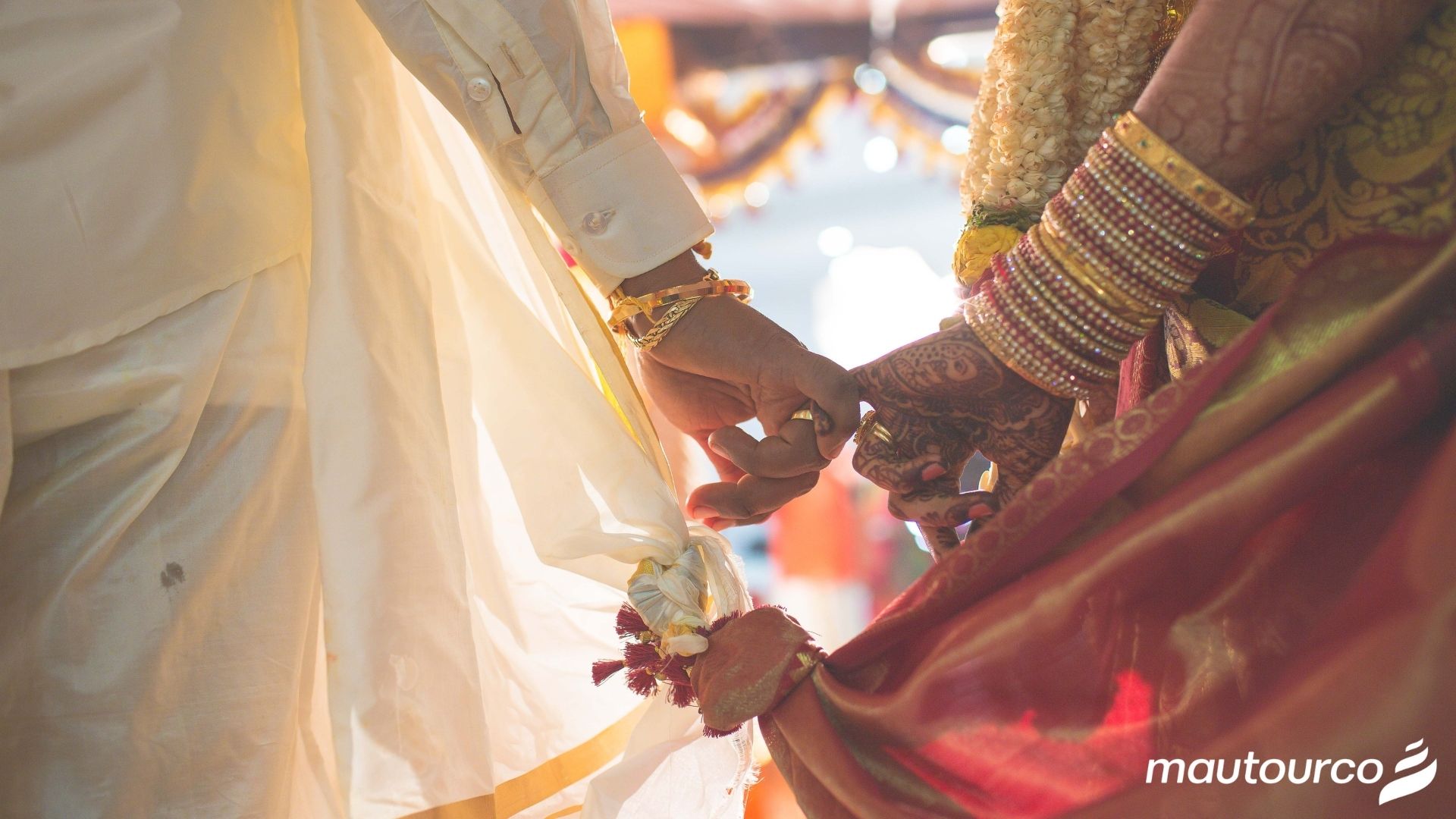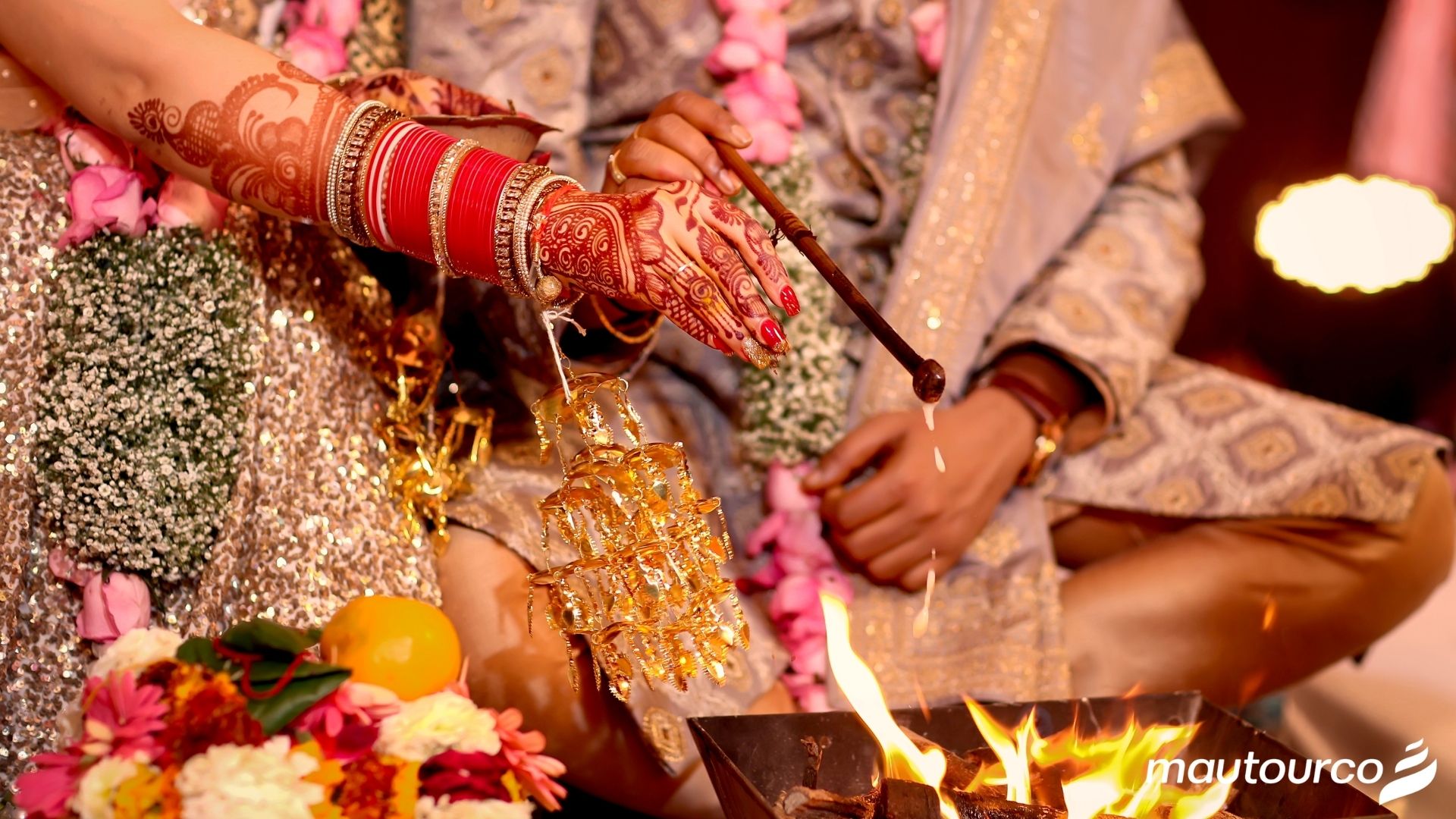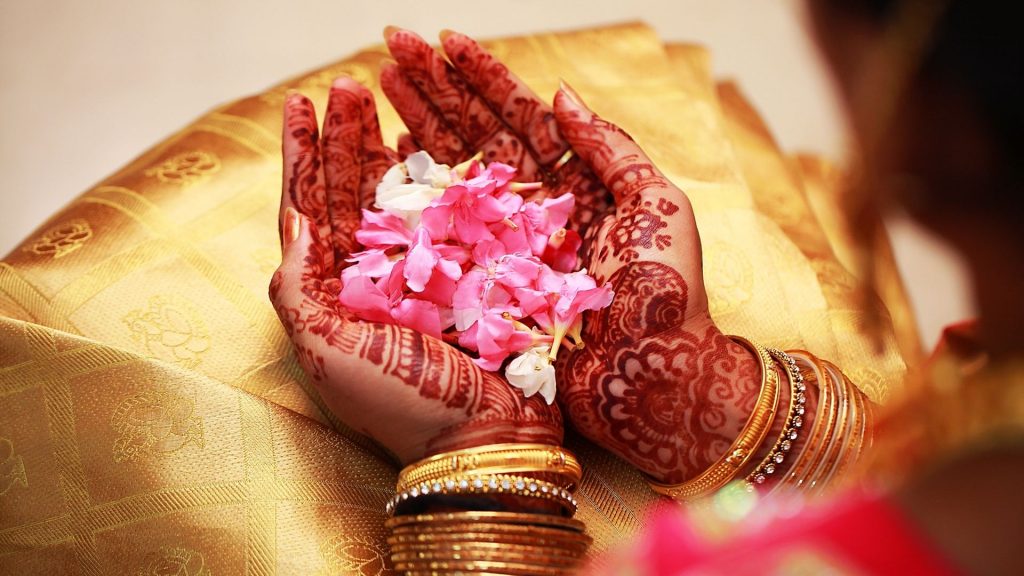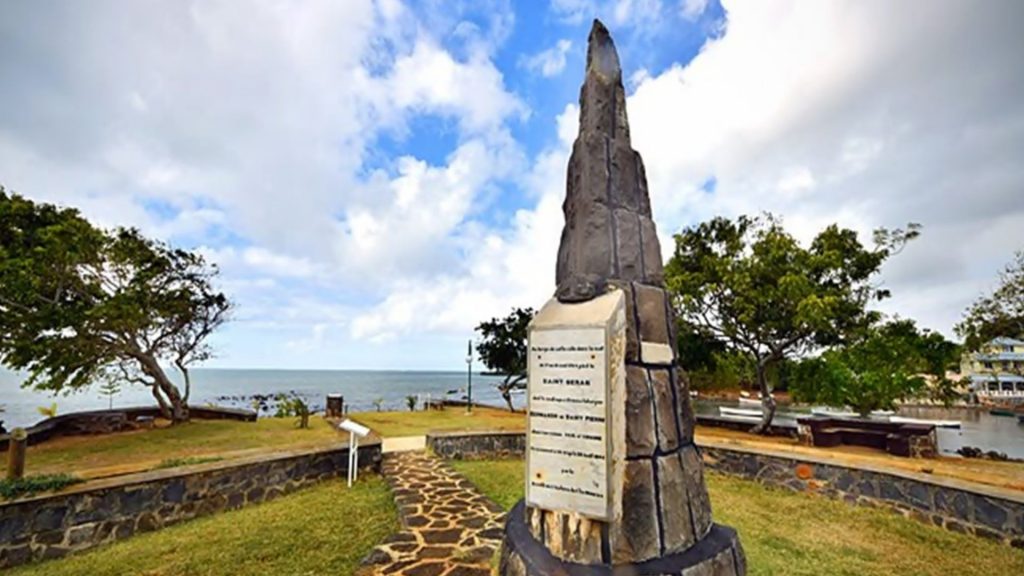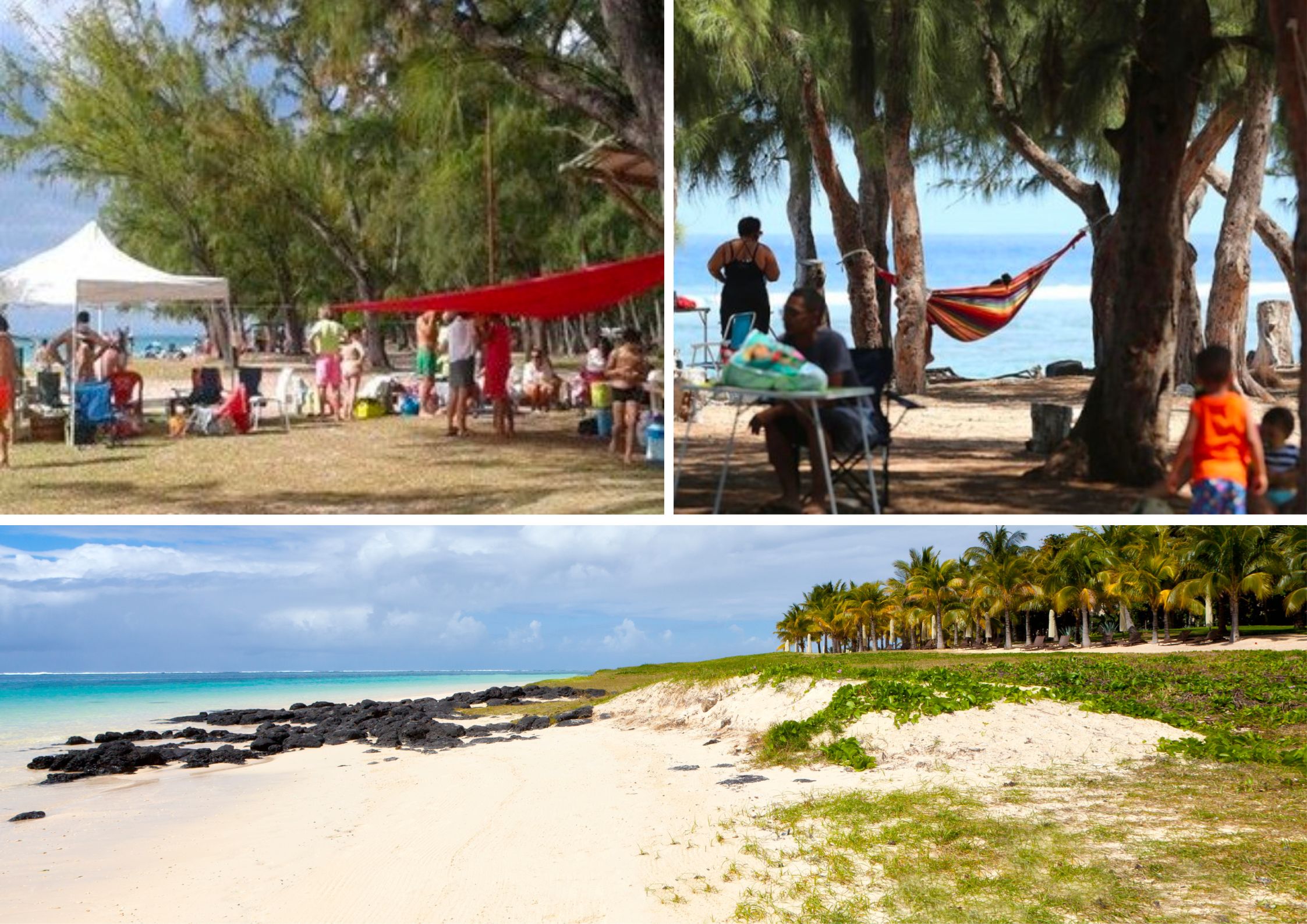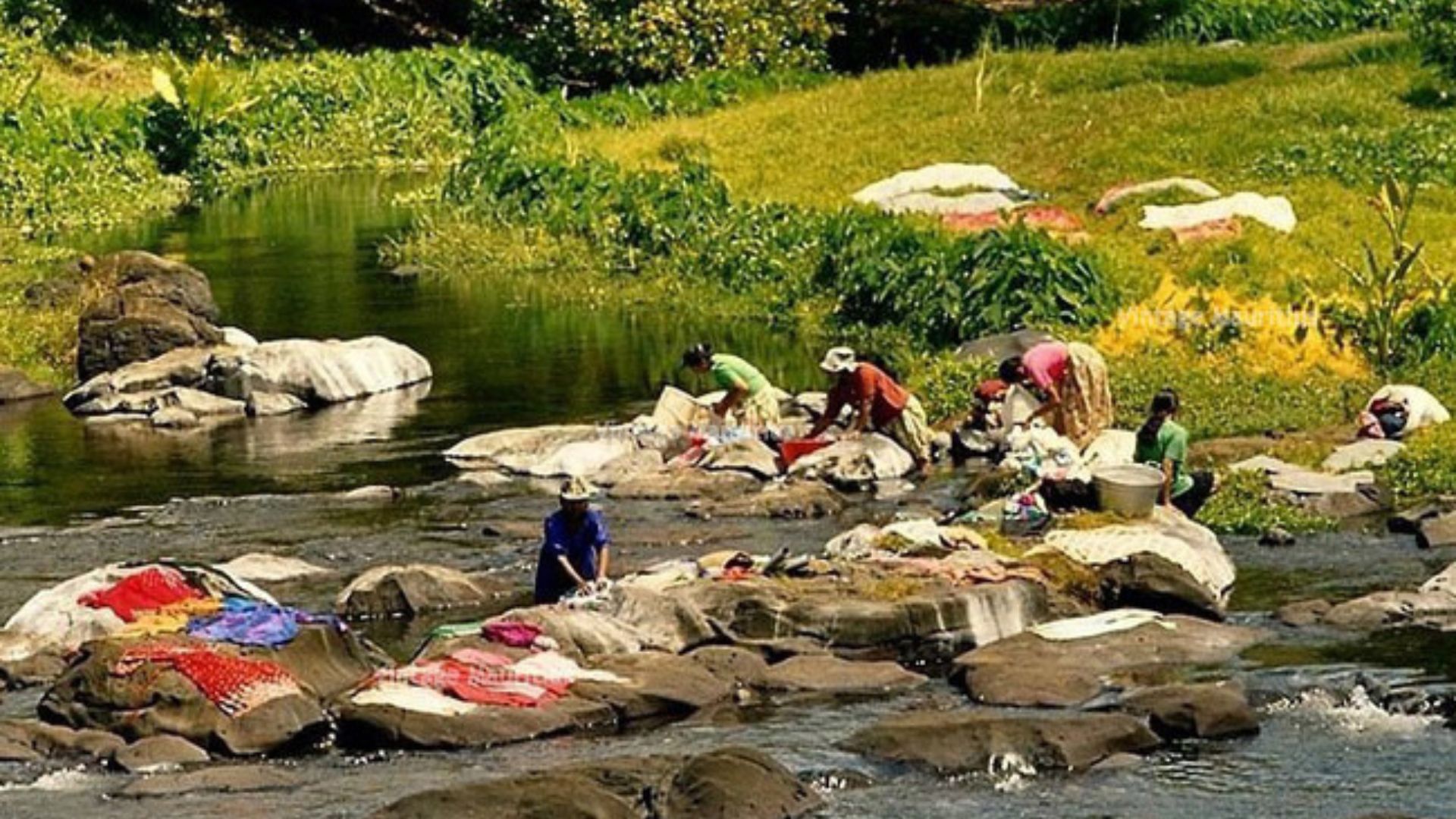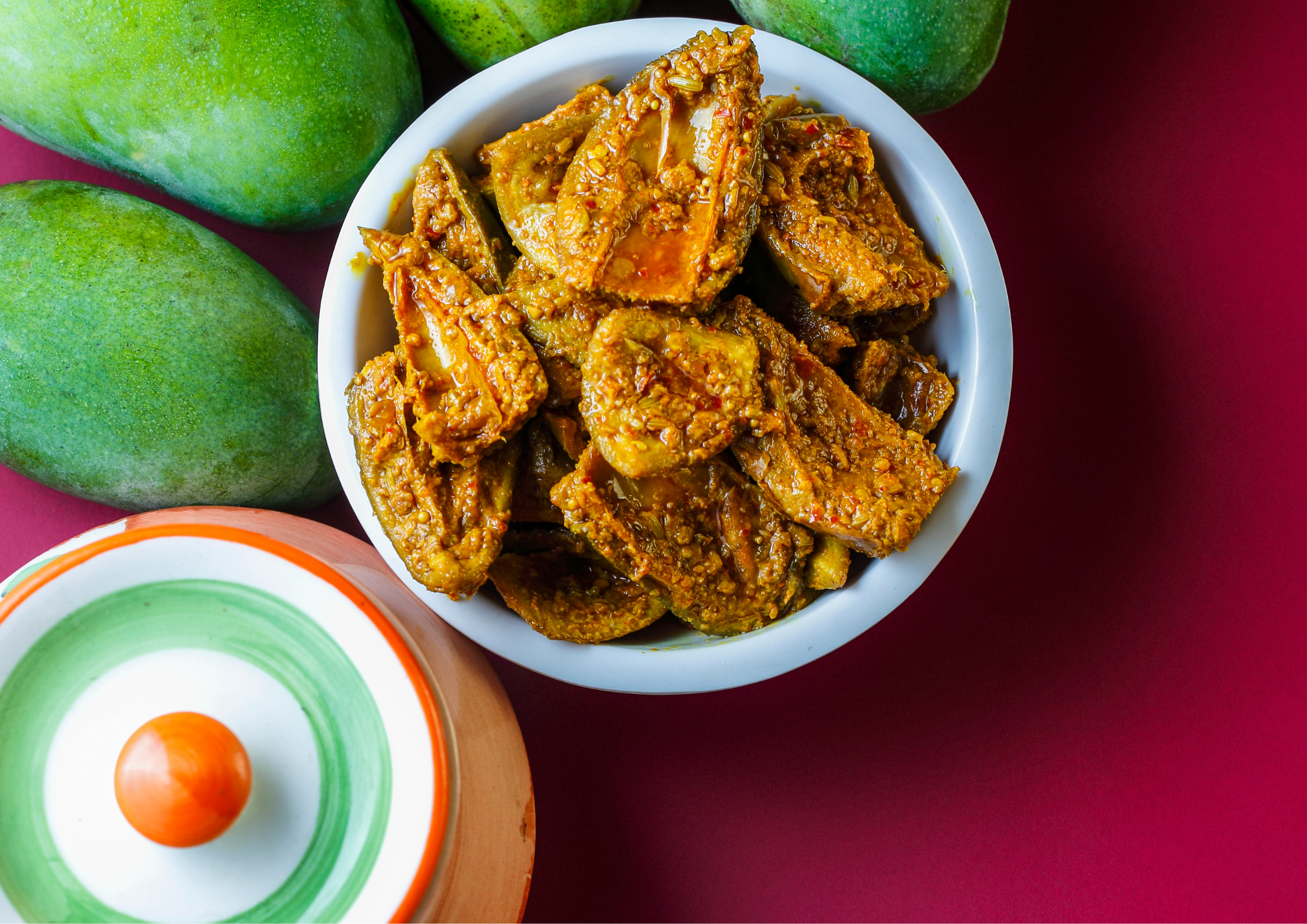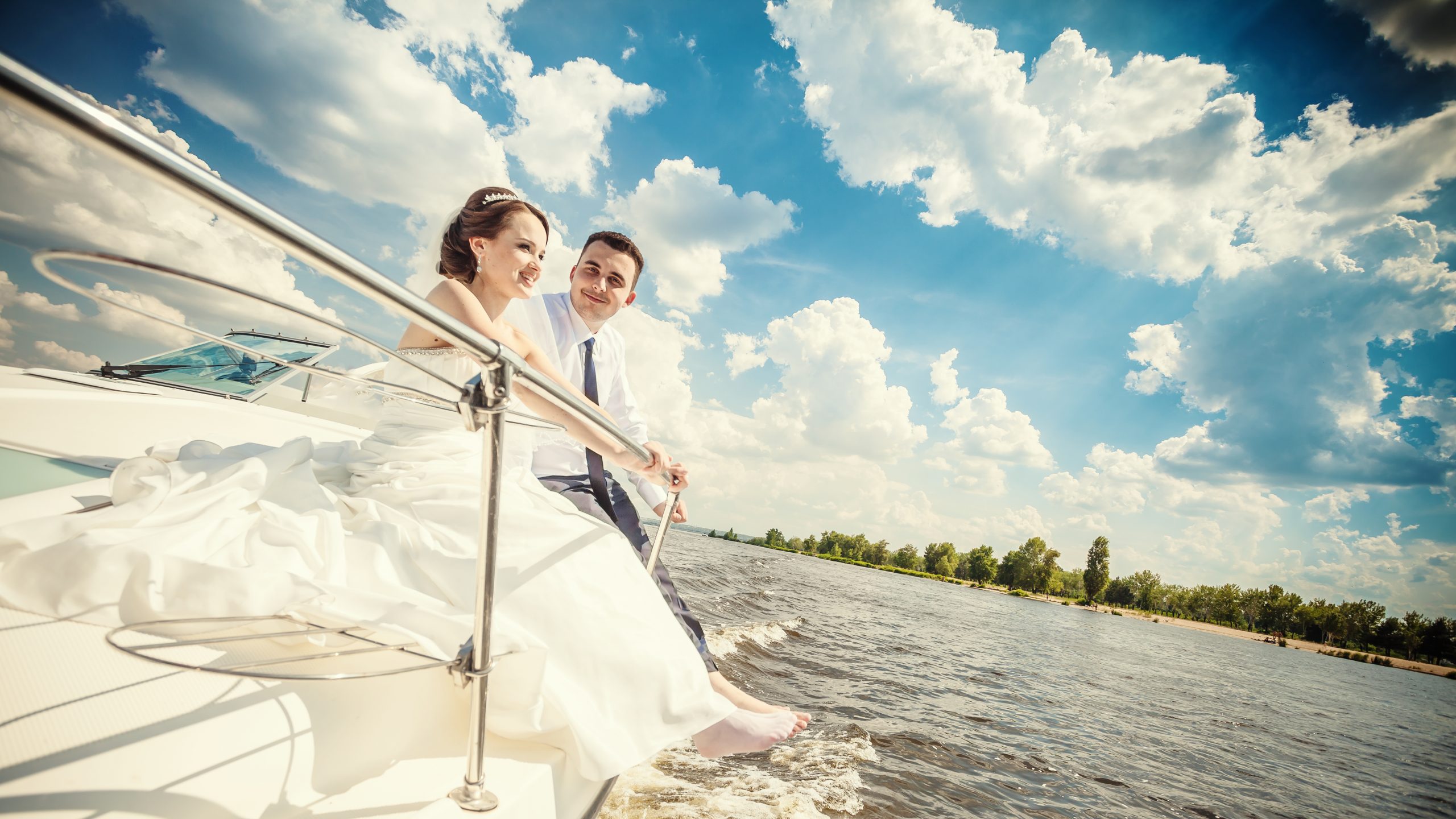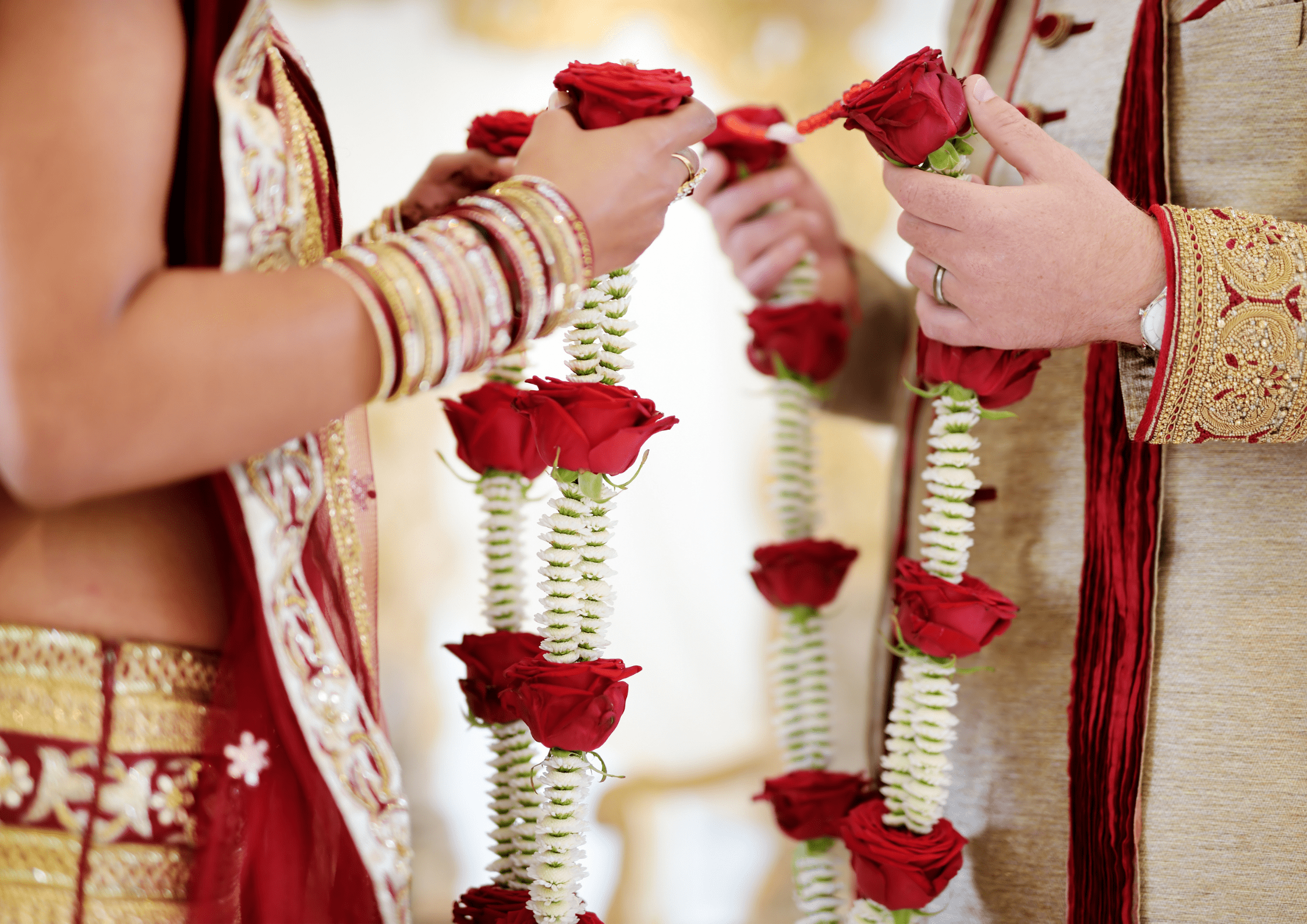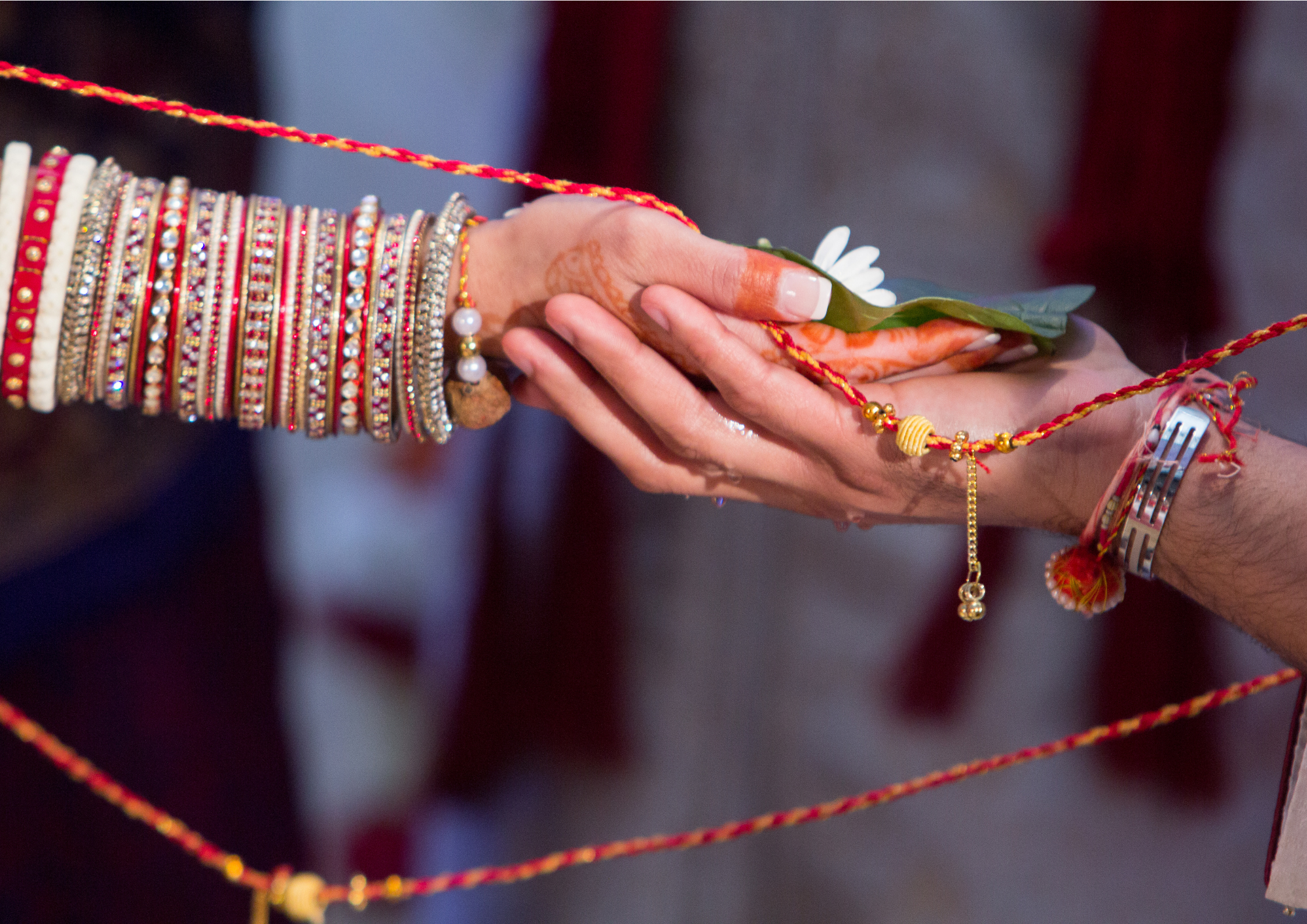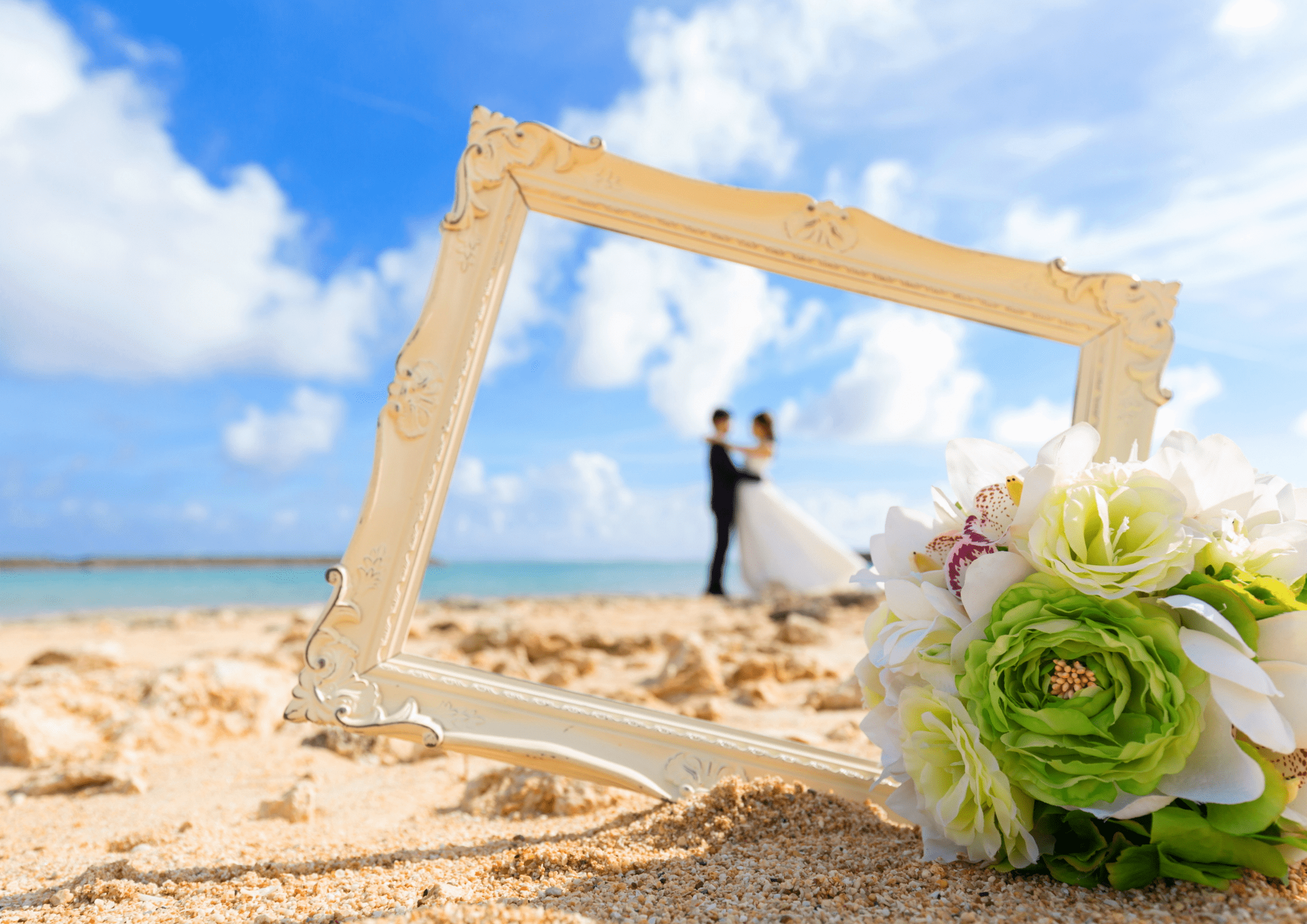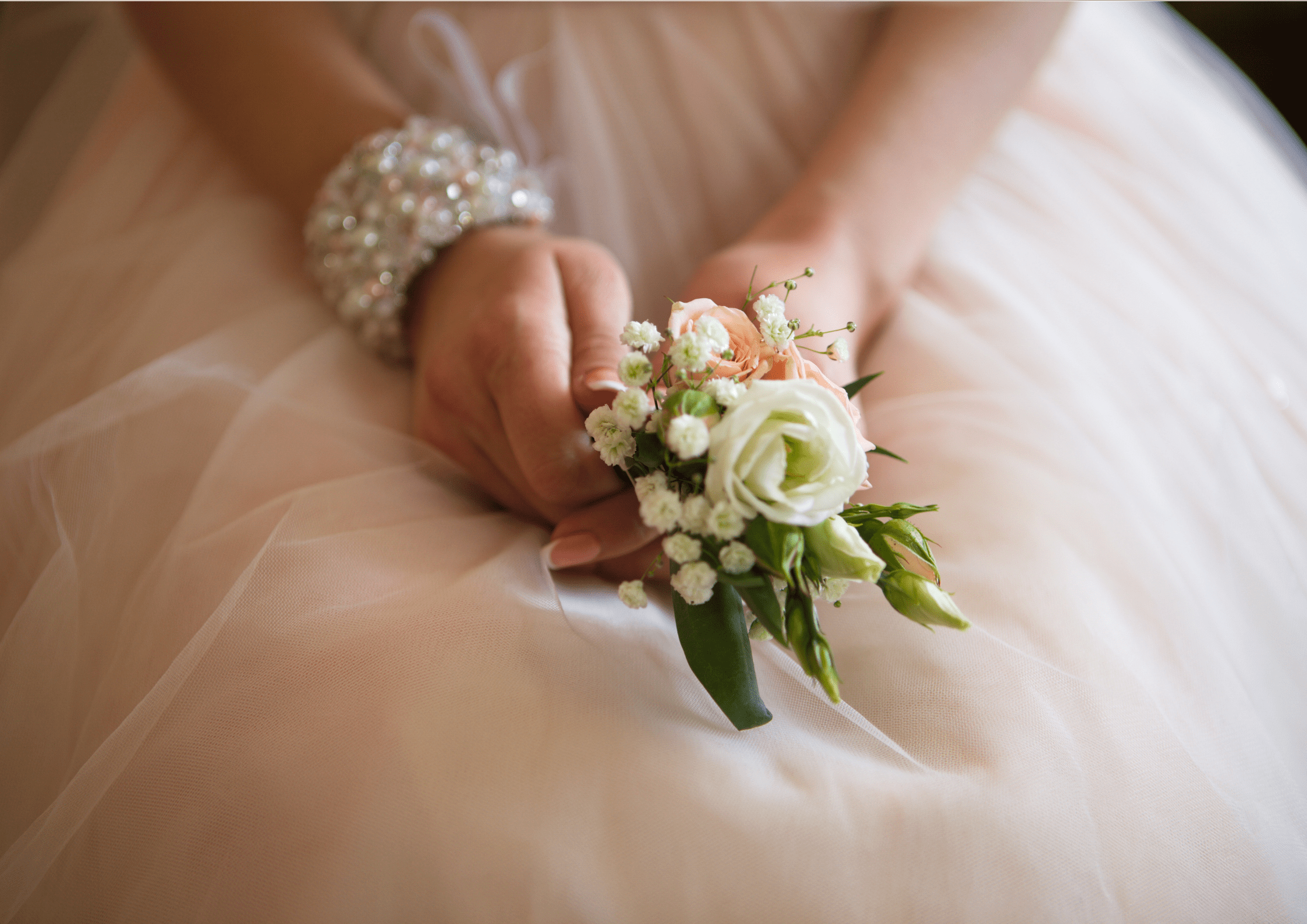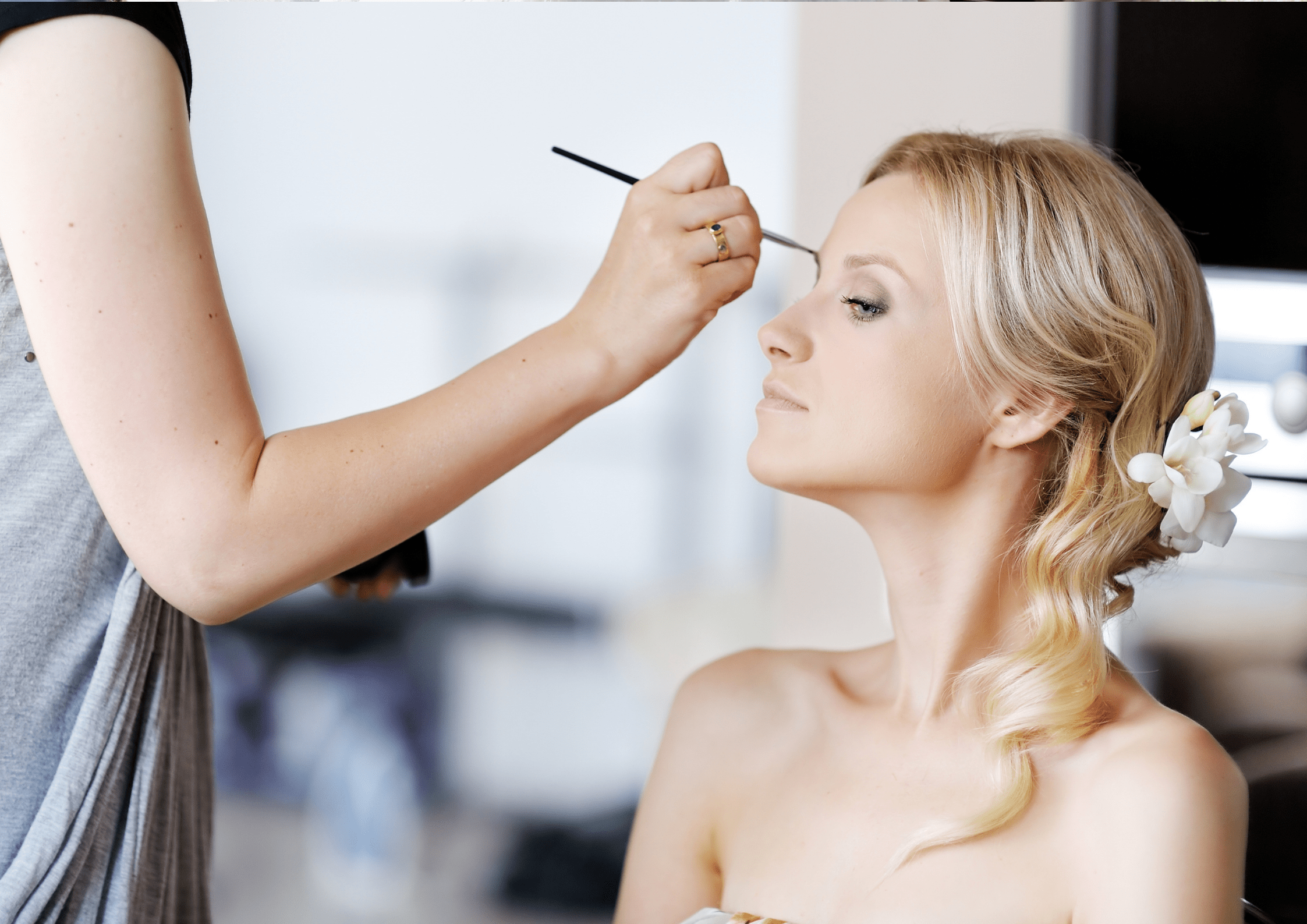Mauritius: A traditional Tamil wedding – Part 2/2
The Tamil wedding ceremony started by imploring Lord Ganesha, who is worshipped at the start of every sacred ceremony, to remove obstacles and for success in the life of new married couple. A rite called Arasani kaal Nadudal, is done by three ladies representing the three main goddesses in Hinduism: Parvati, Lakshmee and Sarasvathi. They lit a lamp and planted a tree, symbolizing a new life.
Shortly afterwards, both bride and groom changed into their south Indian traditional wedding attire and came to sit on a small stool next to the priest. Dressed in a red and white saree, the bride had special-made floral adornment in her hair and jewelries on her head, neck, upper arms, and wrists. I could see the couple’ s parents and siblings very much involved in the rituals and standing closely while handing over required items for the ceremony. After a while, the groom tied around the bride’s neck a yellow thread known as Mangalya Poojai (also known as Thali), which marked the sacred union of the couple. He applied Kumkum powder on the bride’s forehead, sign of wedlock and they exchanged flower garlands.
Similar to India, no sacrament of marriage is complete unless the ritual of the seven steps and vows in presence of fire is done. The groom at that moment, officially took the bride’s hand and led the way towards the seven steps. They circled the sacred fire three times as a symbol of their journey together. During this ritual, the groom placed a mindji (a toe ring) on the second toe of each foot of the bride. The toe ring symbolizes the marital status of the new bride and their faithfulness to each other.
They swapped sitting seats and a small golden plate was tied on their forehead by their uncles. At the end of the ceremony, after receiving their parents’ blessings, all the guests were invited on the stage to give their blessings by throwing flower petals to the newlyweds. All family and friends left the temple for the wedding reception (also known as Virunthu) which was held in a nearby hall. The wedding truly incarnated the Mauritian exotic blend of cultures. Though being a Tamil wedding, they were dressed this time in European attire, the snacks catered were Chinese and we partied to the beat of local music, the Sega. Dinner comprised of delicious South Indian dishes and the DJ, set the vibes for an exceptional evening party.
Lastly, I attended the Vindu celebration, an event held one day after the wedding, where the bride came for the first time to her parents’ place accompanied by her husband. They were royally welcomed and seated in a specially decorated area. As per the tradition we ate goat curry with rice and dhal. The newlyweds were only allowed to eat after receiving money from relatives. Finally, before leaving, the bride moved away the bamboo pole which was placed in the yard prior to the wedding to remove any obstacles during the event.
Zafi

